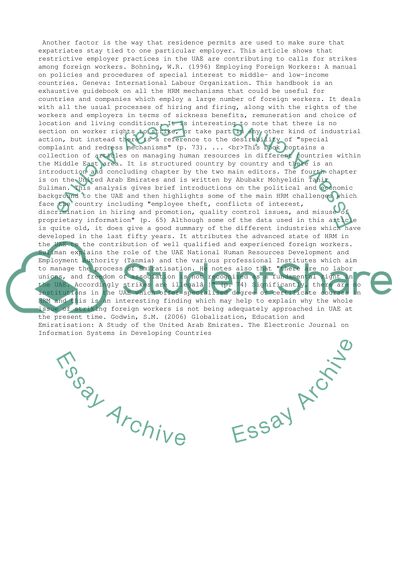Cite this document
(“Foreign Workers Strike and Protests in UAE Literature review”, n.d.)
Foreign Workers Strike and Protests in UAE Literature review. Retrieved from https://studentshare.org/management/1440450-foreign-workers-strike-and-protests-in-uae
Foreign Workers Strike and Protests in UAE Literature review. Retrieved from https://studentshare.org/management/1440450-foreign-workers-strike-and-protests-in-uae
(Foreign Workers Strike and Protests in UAE Literature Review)
Foreign Workers Strike and Protests in UAE Literature Review. https://studentshare.org/management/1440450-foreign-workers-strike-and-protests-in-uae.
Foreign Workers Strike and Protests in UAE Literature Review. https://studentshare.org/management/1440450-foreign-workers-strike-and-protests-in-uae.
“Foreign Workers Strike and Protests in UAE Literature Review”, n.d. https://studentshare.org/management/1440450-foreign-workers-strike-and-protests-in-uae.


